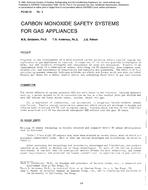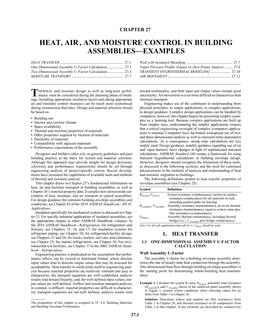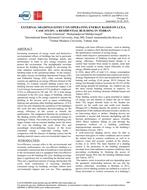Variable-refrigerant-flow (VRF) HVAC systems are a direct-expansion (DX) heat pump technology platform built on the standard reverse Rankine vapor compression cycle. These systems are thermodynamically similar to unitary and other com-mon DX systems, and share many of the same components (i.e., compressor, expansion device, heat exchangers). VRF systems transport heat between an outdoor condensing unit and a network of indoor units located near or within the conditioned space through refrigerant piping installed in the building. Attributes that distinguish VRF from other DX system types are multiple indoor units connected to a common outdoor unit (single or combined modules), scalability, variable capacity, distributed control, and simultaneous heating and cooling.
Standards
Equipment
VRF System Operation
Modeling Considerations
Design Considerations
VRF System Design Example
Commissioning
ISBN: 978-1-947192-52-2 (for I-P versions of chapters)
ISSN: 1078-6066 (for I-P versions of chapters)
Citation: 2020 ASHRAE Handbook — HVAC Systems and Equipment
Product Details
- ISBN(s):
- 9781947192522
- Number of Pages:
- 15
- Units of Measure:
- I-P
- File Size:
- 1 file , 430 KB
- Product Code(s):
- D-S182020IP


